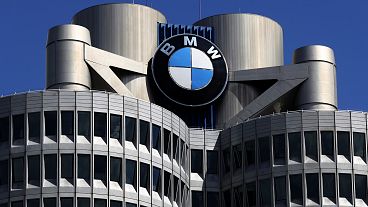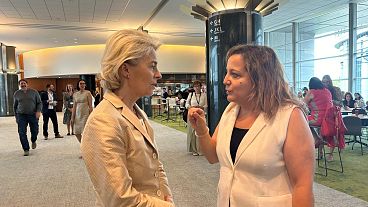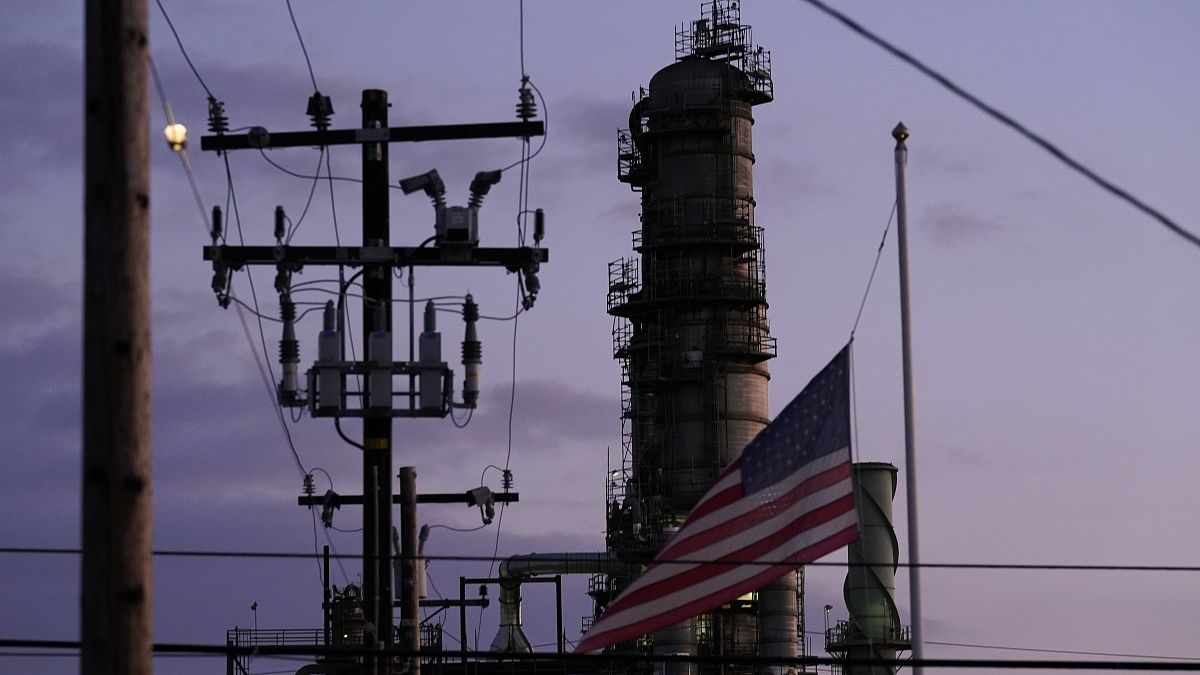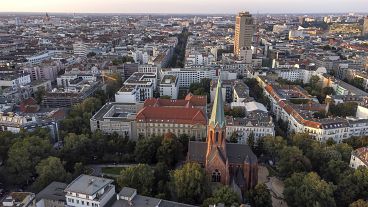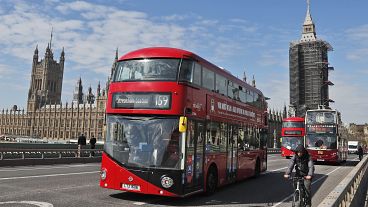Inflation has taken a central role in the presidential election, with former President Donald Trump blaming the Biden administration's energy policies for the price increases.
Year-over-year US inflation reached its lowest level in more than three years in July, the latest sign that the worst price spike in four decades is fading and giving hope that the Federal Reserve may cut the interest rate in September.
Measured from a year earlier, prices rose 2.9% in July, down from 3% in June. It was the mildest year-over-year inflation figure since March 2021.
Inflation has taken a central role in the presidential election, with former President Donald Trump blaming the Biden administration's energy policies for the price increases.
Presidential-hopeful Harris to put forward cost-cutting plans
Vice President Kamala Harris on Saturday said she would soon unveil new proposals to "bring down costs and also strengthen the economy overall".
The government said nearly all the rise in the monthly inflation figure reflected higher rental prices and other housing costs, a trend that, according to real-time data, is easing.
In July, grocery prices rose just 0.1% and, at 1.1% higher than they were a year earlier, are showing a much slower pace of growth than in previous years.
Many Americans are nonetheless still struggling with food prices, which remain 21% above where they were three years ago. Average wages have, however, risen sharply since then.
Gas prices were unchanged from June to July and have actually fallen 2.2% in the past year.
Some food prices, including for meat, fish and eggs, are increasing faster than before the pandemic. Dairy and fruit and vegetable prices, though, fell in July.
For nearly a year, cooling inflation has provided gradual relief to America's consumers, who were stung by the price surges that erupted three years ago, particularly for food, petrol, rent and other necessities.
Inflation peaked two years ago at 9.1%, the highest level in four decades.
Excluding volatile food and energy costs, so-called core prices climbed a mild 0.2% from June to July this year, after a 0.1% increase the previous month.
Compared with a year earlier, core inflation slowed from 3.3% to 3.2% - the lowest level since April 2021.
Interest rate cut good for mortgagees
Core prices are closely watched by economists because they are typically a better indicator of where inflation is headed.
Chairman of the Federal Reserve Jerome Powell has said he is seeking additional evidence of slowing inflation before the Fed begins cutting its key interest rate.
Economists widely expect the first rate cut to occur in mid-September.
When the central bank lowers its benchmark rate, over time it tends to reduce the cost of borrowing for consumers and businesses.
Mortgage rates have already declined in anticipation of the Fed's first rate reduction.
At a news conference last month, Powell said that cooler inflation data this spring had strengthened the Fed's confidence that price increases are falling back to a 2% annual pace.
Another inflation report will be issued next month before the Fed's September meeting, with economists expecting the report to also show that price increases remained mostly tame.
Inflation has eased substantially in the past two years as global supply chains have been repaired, a spate of apartment construction in many large cities has cooled rental costs and higher interest rates have slowed auto sales, forcing dealers to offer better deals to potential car buyers.
Consumers resisting price hikes
Consumers, particularly lower-income ones, are also becoming more price-sensitive, forgoing high-priced items or shifting to cheaper alternatives.
This has forced many companies to rein in price hikes or even offer lower prices.
As inflation continues to decline, the Fed is paying increasingly close attention to the job market.
The central bank's goals, as defined by Congress, are to keep prices stable and support maximum employment.
This month, the government reported that hiring slowed much more than expected in July and that the unemployment rate rose for a fourth straight month, though to a still-low 4.3%.
The figures roiled financial markets and led many economists to boost their forecasts for interest rate cuts this year.
Most analysts now expect at least three quarter-point rate cuts at the Fed's September, November and December meetings.
The Fed's benchmark rate is at a 23-year high of 5.3%.
Still, the rise in the unemployment rate has reflected mainly an influx of job-seekers, especially new immigrants, who haven't immediately found work and so have been classified as unemployed.
That is a much more positive reason for a higher unemployment rate than if it came from a jump in layoffs. Measures of job cuts remain low.
On Thursday, the government will release its latest data on retail sales, which are expected to show that consumers increased their spending modestly in July.
As long as shoppers are willing to spend, businesses are likely to hold onto their workers and may even add staff.


